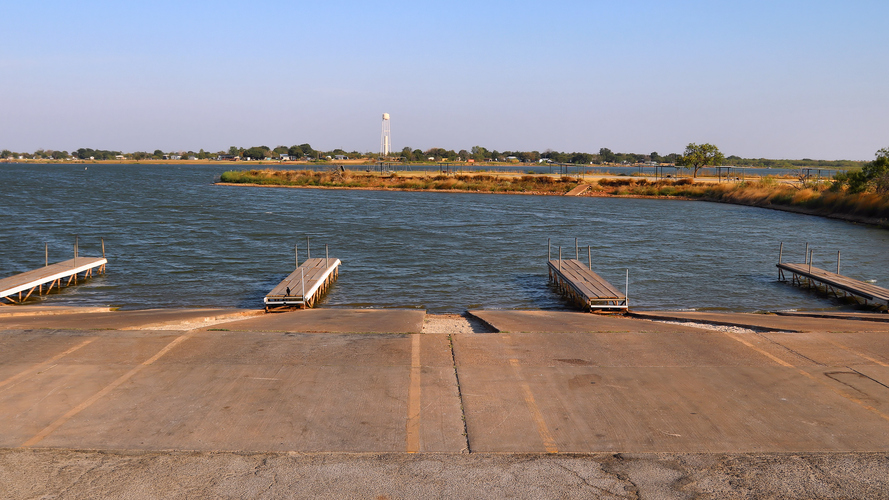Jeffrey pines (Pinus jeffreyi) are indeed native to the Lake Arrowhead area, thriving in the Sierra Nevada and San Bernardino Mountains. These majestic trees, known for their resilience and adaptability, play a crucial role in the local ecosystem. They can grow to impressive heights of 80-130 feet, with some specimens reaching up to 170 feet in optimal conditions. The presence of Jeffrey pines in Lake Arrowhead contributes significantly to the region’s biodiversity and natural beauty.
What Are the Growth Characteristics of Jeffrey Pines in Lake Arrowhead?

Jeffrey pines in Lake Arrowhead exhibit remarkable growth patterns:
- Height Range: 80-130 feet (up to 170 feet in ideal conditions)
- Growth Rate: Slow in sapling stage, accelerating in pole stage
- Average Height at 5-10 years: Around 50 inches
- Comparison at 20 years: Nearly match height and diameter of ponderosa pines
- Lifespan: 400-500 years
This slow initial growth followed by a rapid acceleration allows Jeffrey pines to establish strong root systems before focusing on vertical growth.
What Soil Conditions Do Jeffrey Pines Prefer in Lake Arrowhead?

The soil characteristics in Lake Arrowhead significantly influence the growth of Jeffrey pines:
- Preferred Soil Type:
- Deep, coarse-textured
- Well-drained
-
Adaptable to poor sites with limited nutrients
-
pH Tolerance:
-
Wide range, specific levels not detailed
-
Drainage Requirements:
- Essential for optimal growth
-
Intolerant of waterlogged conditions
-
Nutrient Demands:
- Can survive in low-nutrient environments
- Demonstrates resilience in challenging conditions
These soil preferences allow Jeffrey pines to thrive in various locations around Lake Arrowhead, contributing to their widespread presence in the area.
How Does Lake Arrowhead’s Climate Affect Jeffrey Pine Growth?
The climate of Lake Arrowhead plays a crucial role in the growth and distribution of Jeffrey pines:
| Climate Factor | Impact on Jeffrey Pines |
|---|---|
| Temperature | Tolerant of wide range, from extreme cold to hot conditions |
| Precipitation | Adapted to moderate to low precipitation levels |
| Seasonal Variations | Well-suited to Mediterranean climate with cold winters and warm summers |
| Spring Conditions | Growth influenced by soil warming, allowing water uptake and root growth |
This climate adaptability makes Jeffrey pines well-suited to the Lake Arrowhead environment, allowing them to thrive where other species might struggle.
What Ecological Role Do Jeffrey Pines Play in Lake Arrowhead?
Jeffrey pines are integral to the Lake Arrowhead ecosystem:
- Biodiversity Support:
- Provide habitat for various wildlife (birds, mammals, insects)
-
Large size and long lifespan ensure ecosystem stability
-
Species Interactions:
- Coexist with ponderosa pines, sugar pines, and fir trees
-
Support understory plants and microorganisms
-
Fire Resistance:
- Self-pruning of lower branches reduces fire climbing risk
- Contributes to overall ecosystem stability
-
Not immune to severe fire conditions
-
Ecosystem Services:
- Soil stabilization
- Carbon sequestration
- Watershed protection
How Do Jeffrey Pines Adapt to Lake Arrowhead’s Unique Environment?
Jeffrey pines have developed several adaptations to thrive in Lake Arrowhead:
- Drought Tolerance:
- Deep root systems access underground water sources
-
Efficient water use through needle structure
-
Cold Resistance:
- Thick bark protects against freezing temperatures
-
Flexible branches shed snow to prevent breakage
-
Fire Adaptation:
- Thick bark resists low-intensity fires
-
Serotinous cones release seeds after fires, aiding regeneration
-
Pest Resistance:
- Produce resin to deter bark beetles and other pests
- Develop chemical defenses against certain pathogens
These adaptations allow Jeffrey pines to not only survive but flourish in Lake Arrowhead’s diverse and sometimes challenging conditions.
What Are the Threats to Jeffrey Pines in Lake Arrowhead?
Despite their resilience, Jeffrey pines face several threats in the Lake Arrowhead area:
- Climate Change:
- Increased temperatures and drought stress
-
Altered fire regimes
-
Pest Infestations:
- Bark beetle outbreaks, particularly during drought periods
-
Mistletoe infections
-
Human Activities:
- Urban development encroaching on forest areas
-
Air pollution affecting tree health
-
Wildfire Intensity:
-
While adapted to low-intensity fires, severe wildfires can be destructive
-
Competition:
- Invasive species competing for resources
- Overcrowding in unmanaged forest areas
Understanding these threats is crucial for developing effective conservation strategies to protect Jeffrey pines in Lake Arrowhead.
How Can Lake Arrowhead Residents Support Jeffrey Pine Conservation?
Local residents can play a vital role in preserving Jeffrey pines:
- Planting and Maintenance:
- Incorporate Jeffrey pines in landscaping
-
Proper watering and care, especially during droughts
-
Fire Prevention:
- Create defensible spaces around properties
-
Support controlled burn initiatives
-
Education:
- Learn about the ecological importance of Jeffrey pines
-
Participate in local forestry workshops
-
Conservation Support:
- Volunteer for local forest management projects
-
Donate to conservation organizations
-
Responsible Recreation:
- Stay on designated trails to prevent soil compaction
- Avoid damaging trees during outdoor activities
By taking these actions, residents can contribute to the long-term health and survival of Jeffrey pines in Lake Arrowhead.
References:
1. Trees of the Sierra Nevada: The Gentle Jeffrey Pine
2. Pinus jeffreyi – Southern Research Station – USDA
3. Ancient Trees Tell Tales of Resilience and Hope
